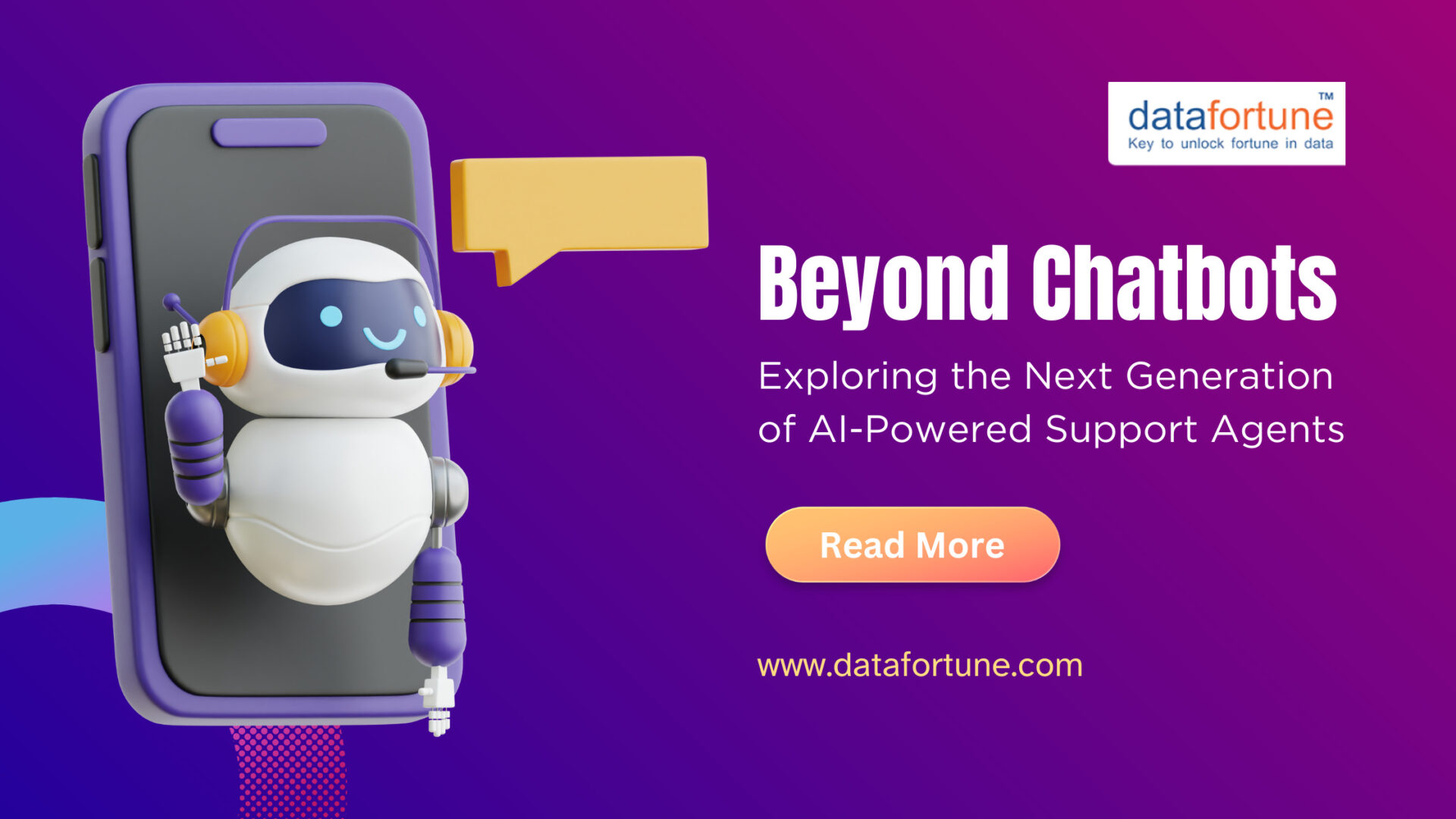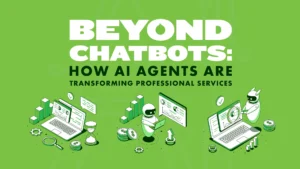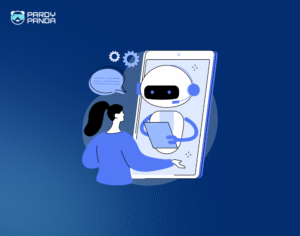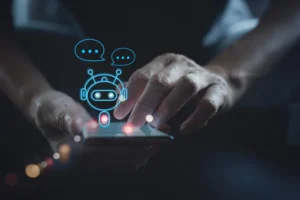Beyond Chatbots: The Next Evolution of Conversational AI
Introduction
When chatbots first emerged, they were marketed as the future of customer service. Automated assistants could handle queries, guide users through processes, and reduce the workload on human agents. However, as anyone who has interacted with an early-generation chatbot knows, the experience often felt rigid, repetitive, and frustrating.
Today, the conversation has moved beyond chatbots. Artificial Intelligence (AI), fueled by advances in natural language processing (NLP), large language models (LLMs), and multimodal systems, has expanded far past simple scripted responses. We are entering a new era of conversational AI, intelligent agents, and autonomous systems that can engage, understand, and even anticipate human needs across industries.
This article explores what lies beyond chatbots—the technologies, use cases, challenges, and opportunities shaping the next phase of AI-driven human-machine interaction.
The Limitations of Traditional Chatbots
Before diving into the future, it’s worth understanding why the first wave of chatbots reached their limits.
-
Rule-Based Responses: Early chatbots relied on pre-programmed scripts. If users typed something unexpected, the system would often break down.
-
Poor Context Retention: Conversations often felt disconnected because chatbots couldn’t remember prior exchanges.
-
Lack of Empathy: Human interactions involve tone, nuance, and emotion—something traditional chatbots couldn’t replicate.
-
Limited Use Cases: Chatbots worked best for FAQs or simple transactions but fell short for complex decision-making.
These shortcomings highlighted the need for more sophisticated conversational systems.
The Rise of Conversational AI
“Beyond chatbots” means moving toward AI-powered systems that understand intent, context, and emotions. Conversational AI uses machine learning, NLP, and large-scale datasets to provide dynamic, human-like interactions.
Unlike chatbots that follow strict rules, conversational AI adapts and learns from each interaction. For example, AI assistants like ChatGPT, Claude, or Gemini can hold contextual conversations, generate creative content, and integrate with enterprise systems for deeper functionality.
Key features of conversational AI:
-
Context Awareness: Ability to remember and build upon past conversations.
-
Personalization: Tailored recommendations and responses based on user history.
-
Multimodality: Understanding and generating not just text, but also voice, images, and even video.
-
Autonomous Problem-Solving: Beyond answering queries, AI can execute actions like booking tickets, generating reports, or troubleshooting systems.
Beyond Chatbots: Expanding the Possibilities
Let’s explore some of the most transformative directions where AI is moving beyond simple chat-based systems.
1. AI Agents and Autonomous Systems
AI agents represent the next evolution of conversational AI. Instead of being limited to answering questions, agents can take proactive actions on behalf of users. For example:
-
In business, AI agents can analyze data, draft strategies, and schedule meetings.
-
In healthcare, they can assist doctors by cross-referencing patient symptoms with medical research.
-
In personal life, they can act as smart assistants handling daily tasks.
Projects like Auto-GPT and LangChain are pushing this frontier by enabling AI to chain tasks together and execute workflows independently.
2. Voice AI and Virtual Companions
Voice technology is evolving rapidly. Voice AI goes beyond smart speakers like Alexa or Siri, moving toward natural, conversational companions that sound empathetic and human-like.
For instance:
-
Healthcare: Patients can speak with virtual nurses for routine checkups.
-
Education: Students can learn languages or history through interactive voice-based tutors.
-
Elder Care: Seniors can have daily conversations with AI companions, reducing loneliness.
3. Emotionally Intelligent AI
One of the biggest criticisms of chatbots is their inability to empathize. But emotional AI (affective computing) is changing that.
By analyzing tone, facial expressions, and word choice, AI can detect emotions and adjust responses accordingly. Imagine a customer support AI that not only resolves technical issues but also reassures frustrated customers with compassion.
4. Multimodal AI Systems
The future of conversational AI isn’t just text or speech—it’s multimodal. This means AI systems can understand and generate multiple forms of communication simultaneously:
-
Visual inputs: Upload a chart or image and ask the AI to explain it.
-
Voice commands: Speak naturally and get both voice and visual responses.
-
Actionable outputs: AI can design graphics, generate presentations, or analyze documents in real time.
This shift makes interactions more natural and powerful, blurring the line between human and machine collaboration.
5. Integration with Enterprise Systems
The true value of conversational AI goes beyond casual conversation. Integrated with business systems like CRM, ERP, and cloud platforms, AI can transform entire workflows.
For example:
-
Sales: AI can analyze customer data, draft personalized pitches, and automate follow-ups.
-
HR: AI-powered assistants can handle recruitment, employee onboarding, and training.
-
IT: Autonomous agents can monitor networks, detect anomalies, and resolve issues before escalation.
Real-World Applications of AI Beyond Chatbots
The expansion of AI into new fields is already happening. Here are a few industries where conversational AI is redefining the rules:
-
Healthcare: AI assistants are helping with symptom checking, mental health therapy, and patient monitoring.
-
Education: AI tutors personalize learning, adapt to student needs, and provide instant feedback.
-
Finance: Intelligent advisors manage portfolios, detect fraud, and automate compliance reporting.
-
Retail & E-commerce: Personalized shopping assistants recommend products, process returns, and enhance customer journeys.
-
Travel & Hospitality: AI handles bookings, itinerary planning, and real-time translation for travelers.
Challenges in Moving Beyond Chatbots
While the progress is impressive, going beyond chatbots comes with its challenges.
-
Privacy Concerns: With deeper integrations comes greater risk of sensitive data exposure.
-
Bias and Fairness: AI models can inherit biases from their training data.
-
Ethical Considerations: Emotional AI and virtual companions raise questions about dependency and authenticity.
-
Cost of Deployment: Building robust AI systems requires significant infrastructure.
-
Job Displacement: Automation could reduce the need for human workers in certain roles.
Addressing these challenges will be key to responsible adoption.
The Human-AI Partnership
Going beyond chatbots doesn’t mean replacing humans—it means augmenting human capabilities.
For instance:
-
Doctors assisted by AI can make more accurate diagnoses.
-
Teachers with AI tools can spend less time grading and more time mentoring.
-
Customer service agents can focus on complex issues while AI handles routine queries.
The goal is not to eliminate human roles but to elevate them by letting AI take over repetitive tasks.
The Future of Conversational AI
Looking ahead, the trajectory is clear: AI systems will become more autonomous, empathetic, and embedded into daily life.
Some predictions for the next decade:
-
Hyper-Personalization: AI will know user preferences so well that it anticipates needs before users even express them.
-
Universal Translation: Real-time translation across languages will eliminate communication barriers.
-
AI in Governance: Intelligent agents may assist governments in policymaking, crisis response, and citizen engagement.
-
Collaborative Creativity: AI will co-create music, films, and literature alongside humans.
-
Neural Interfaces: Future systems may connect directly to human thought, making conversations seamless.
Conclusion
Chatbots were just the beginning. The journey beyond them leads to a world where AI is not just a tool but a partner, advisor, and companion. From autonomous agents to emotionally intelligent assistants, the next wave of conversational AI will reshape industries, enhance human creativity, and transform everyday life.
But with this power comes responsibility. The challenge for the 21st century is to ensure that these technologies remain ethical, inclusive, and beneficial for all. Beyond chatbots lies the promise of a future where humans and machines work together in harmony—unlocking possibilities far greater than either could achieve alone.







